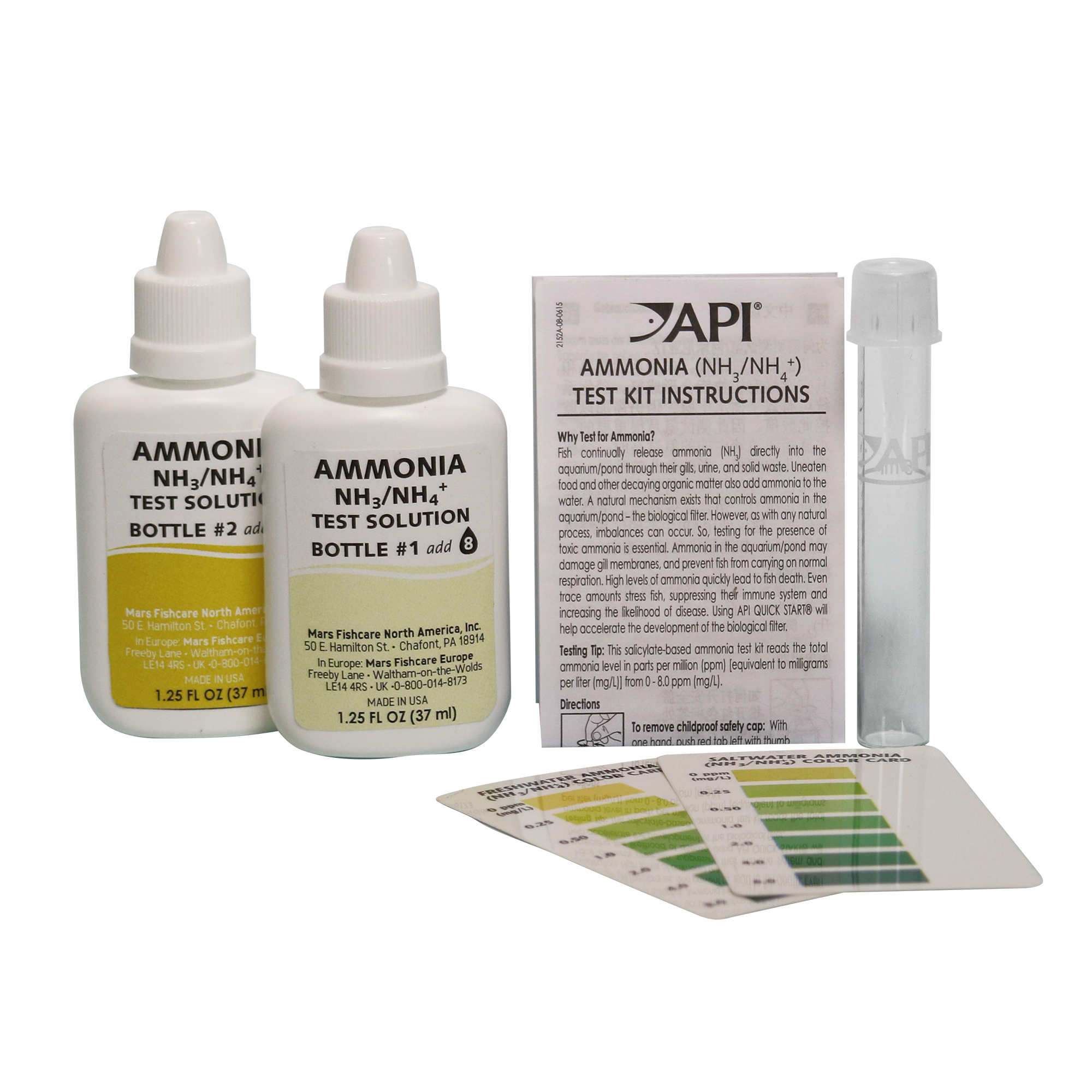RandomFactoid
Member
Hi!
Recently bought a used setup and the API Saltwater Master Test Kit came with it. Any idea if tests are in some way adjusted for salinity ? Can I trust the ammonia/nitrite/nitrate readings in my freshwater tank? I'm thinking that all the tests do is quantify the amount of different ions, so it should be fine...or not ?
Thanks!
Recently bought a used setup and the API Saltwater Master Test Kit came with it. Any idea if tests are in some way adjusted for salinity ? Can I trust the ammonia/nitrite/nitrate readings in my freshwater tank? I'm thinking that all the tests do is quantify the amount of different ions, so it should be fine...or not ?
Thanks!




